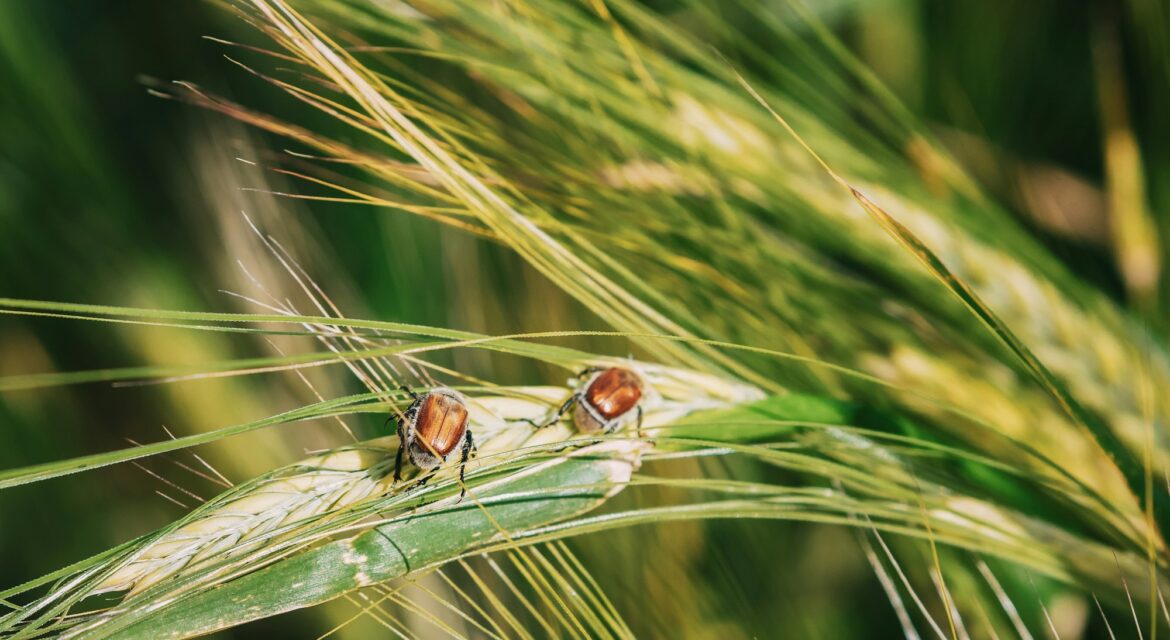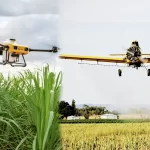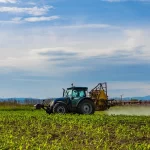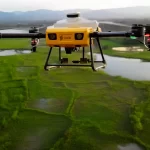As the world’s population continues to grow, guaranteeing food security has emerged as a crucial issue. In response, the agriculture industry is relying increasingly on technological advancements to boost sustainability and productivity. Drone technology has become one of these breakthroughs’ most promising tools for crop security. Farmers can monitor, diagnose, and manage agricultural pests and illnesses with previously unheard-of capabilities thanks to drones fitted with a variety of sensors and imaging technology. This article examines drone technology’s use in crop protection, going into its uses, advantages, drawbacks, and potential future developments.
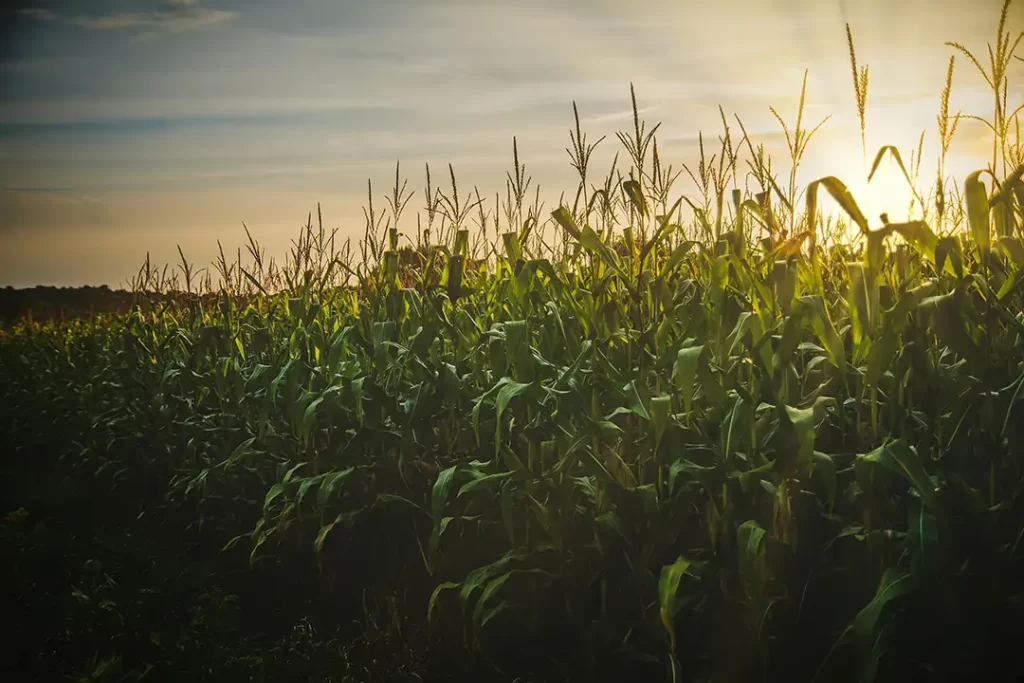
The Global Impact of Crop Loss
When crops cannot grow to their full potential for several reasons, such as pests, diseases, and environmental stressors like drought or floods, this is known as crop loss. Up to 30% of crop yields worldwide are thought to be lost annually, a startling statistic with serious ramifications for food security and farmer incomes. These losses can cause financial hardship, a rise in poverty, and even political instability in areas that depend significantly on agriculture.
There are many different and connected reasons why crops fail. In addition to diseases that can spread quickly, such viral outbreaks and fungus infections, pests like birds, rodents, and insects can seriously harm crops, particularly in monoculture farming systems.
Innovative Solutions: The Role of Technology in Reducing Crop Loss
Novel technologies are emerging as essential weapons in the battle against crop loss in response to these difficulties. Drones with sophisticated sensors and AI-powered features are among them, and they’re changing the game. Leading agricultural technology company SUIND is leading this change with state-of-the-art solutions that are changing how farmers maintain their fields and safeguard their harvests.
SUIND’s Vision: Revolutionizing Crop Protection
SUIND’s drones are designed with one primary goal in mind: to empower farmers with the tools they need to reduce crop loss and increase yields. Unlike traditional methods, which often involve blanket spraying of pesticides or fertilizers, SUIND’s drones utilize precision agriculture techniques. This approach involves using data-driven insights to apply treatments exactly where they are needed, minimizing waste and maximizing effectiveness.
For instance, SUIND’s drones can identify areas of a field that are under stress due to pests or lack of water. By targeting these areas specifically, the drones reduce the need for widespread chemical application, which not only lowers costs for farmers but also minimizes environmental impact. This precision reduces the likelihood of crop damage and ensures that plants receive the best care needed to thrive.
The Broader Impact of Drones in Agriculture
Drones are used in agriculture for purposes other than merely applying fertilizer or insecticides. A variety of traditionally labor-and time-intensive jobs can now be completed by these flying vehicles. Drones, for instance, may monitor crops regularly and give farmers access to real-time information on plant health, soil conditions, and any dangers. Because of this ongoing observation, problems can be identified early, and farmers can take preventative action before they get worse.
Drones provide a workable alternative in areas with challenging terrain where conventional farming equipment finds it difficult to function. They make sure that every part of a farm is well handled because they can go through tricky situations like deep forests, steep slopes, and other situations with ease. Due to their adaptability, drones can be used in a variety of agricultural contexts, including small and big commercial farms.
The Future of Agriculture: A Collaborative Effort
While technology like SUIND’s drones plays a crucial role in tackling crop loss, it is important to recognize that no single solution can address the problem entirely. Reducing crop loss requires a multifaceted approach that includes adopting sustainable farming practices, improving infrastructure, and fostering collaboration among stakeholders in the agricultural sector.
Governments, educational institutions, and private companies must work together to create an environment where innovative technologies can be developed, tested, and scaled effectively. This collaboration is especially important in regions where access to technology is limited. By providing training, subsidies, and support, these stakeholders can help ensure that the benefits of technologies like SUIND’s drones are accessible to all farmers, regardless of their size or location.

Conclusion: A New Era for Global Agriculture
The battle against crop loss is one of the most pressing challenges facing global agriculture today. However, with the advent of innovative technologies like SUIND’s drones, there is hope for a more resilient and productive future. By combining precision agriculture with AI-driven insights, these technologies are helping farmers around the world protect their crops, increase yields, and contribute to a more sustainable food system.
Drones, smart devices for precision farming, and pest identification apps are among the agritech solutions helping Indian farmers during the crop growth period.
Tech-savvy farmers in Kerala, Karnataka, and Telangana are embracing agritech solutions to build climate-resilient agriculture, manage pests, and boost their profits.
To fully leverage these solutions and extend access to more farmers, experts advocate for a comprehensive digital agricultural framework and knowledge-sharing among stakeholders.



